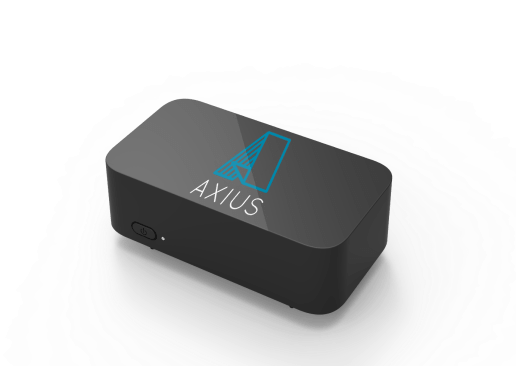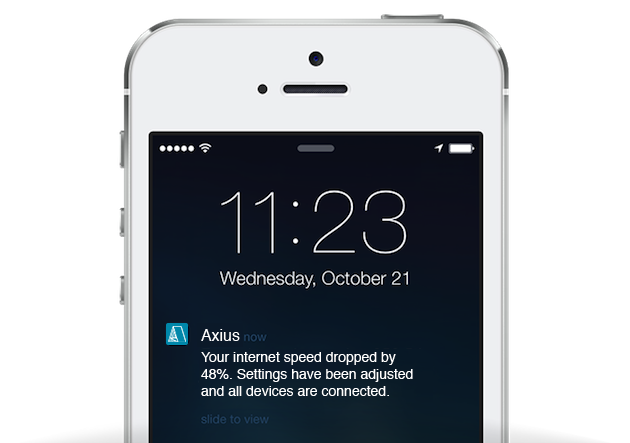Many renters like the idea of being wirelessly connected while at home. So much so, in fact, that more than three in four multifamily residents say they’d accept an increase in their monthly rent in exchange for upgraded technology in their apartments, according to a recent survey by Lehi, Utah–based property management software company Entrata.
This is good news for the multifamily developers and property managers that are outfitting their communities with smart-home features geared toward apartment living. The Entrata survey found that residents are most interested in technology that provides them with awareness and peace of mind, such as security cameras, keyless-entry programs, and smart thermostats.
“While pools and other creative community features have often been seen as the draw for prospective residents, the survey shows that what residents really value upon move-in, and are willing to pay for, are technology add-ons and amenities,” said Chase Harrington, president and COO of Entrata, in a statement.
The demand for smart-home technology is clear, but along with any technology comes troubleshooting—whether in the form of firmware upgrades, password resets, or device reboots—and that’s where San Francisco–based smart home management and support firm Axius sees opportunity. The company’s mission is to make sure “every connected device, no matter the brand, is safe, secure, up-to-date, and functioning properly,” according to a recent press release.
The firm made its service available to select builders on a trial basis roughly a year ago and in June officially launched its platforms, including Axius Manage for property managers and Axius Build for home builders. Some companies Axius is currently working with include Adam America Real Estate in New York; Brookfield Properties in Washington, D.C.; and Pardee Homes in Los Angeles.
“Smart-home devices such as locks, thermostats, cameras, shades, digital assistants, and lighting are at the top of our customers’ wish lists,” notes Igor Rabinovich, who handles project partnerships at Adam America. “We’re offering this technology as standard in our new builds, and Axius helps us ensure it’s all working properly, up-to-date, and secure, even after the homeowner is settled into the home.”
Multifamily Executive recently talked with Axius founder and CEO Colin Barceloux about what benefits he thinks his company can bring to the industry.

Courtesy Axius
Colin Barceloux, Axius CEO
Who is the target audience for Axius?
The actual customers are builders, property managers, and integrators, but the actual users of the service are homeowners and renters. So for multifamily, we partner with the property management company that renters are leasing from—that’s who we sell the service to.
What’s the benefit to property managers of partnering with Axius?
With where the industry is going, property managers are looking to add value. Having a tech concierge like Axius is a huge plus. We come in and say, ‘Hey, bring us in and we’ll be the technology concierge for your renters,’ and they can sell that as a benefit for renting there.
One thing property managers love is that we help with transition. With these [smart-home] devices tied to certain profiles, say you have Mr. and Mrs. Jones and they have their stuff set up, then what happens a year later? They move out and Mr. and Mrs. Smith move in. You have to wipe all of those devices and set them up for new tenants, so we do that through our platform. Turnover in rentals is a reason property managers want to work with Axius. It’s a nice value-add.
How are costs handled?
Since we partner with the property management company, our service is something offered by the company. So for renters, the cost is bundled into the price of rent—there’s no direct pay option for consumers. The cost breakdown varies based on volume and product, but it’s similar to what you’d pay for an alarm company. At a high level—and again, this varies—the service costs $34.95 a month per unit.

Courtesy Axius
The Axius Sense hub plugs into a router.
How does the system work, and is it secure?
Axius Sense is the hub that plugs into the router, and with that we can support any device that connects via Wi-Fi. The No. 1 issue for homeowners is security—they’re nervous about inviting technology into their homes. With where the industry is going, you need a team of IT professionals to work with you to monitor your house; you need the same thing in cybersecurity.
We have a team in Phoenix of IT professionals with experience in residential IT and cybersecurity that is constantly monitoring our systems. Our approach is that we monitor, identify [any problems], and then fix it. We can detect default passwords and reboot routers and modems regularly. With these complicated networks [that have numerous connected devices], they need support and we think that’s why our value will increase as more of these devices enter the home.
Does Axius work with most smart-home devices currently available on the market?
We’ve done a technology integration with the different platforms for all major name brands. [Manufacturers] are realizing the No. 1 issue for customer satisfaction is setup and support, and they’re realizing support is so important with smart homes and they can’t offer it. So I think they understand the value of what we’re providing. Many of these manufacturers don’t want to get into the service game. And the nice thing for the property management company is that they don’t have to contact the manufacturers of any of these products directly—Nest, Sonos, Ring, etcetera—it’s hard to have to call each of them individually. With Axius, you call us and we troubleshoot it.
How does Axius set itself apart from its competition?
Service is our key. We see that as a differentiation to all of our competitors who just offer hardware and software. We feel strongly that support and service is what will really help the smart home take off for the average consumer.
There are two parts to a smart home. Thinking of a smart home as a technology stack, there’s the front end and the back end. Amazon and others right now are focused on the front end and the control layer for devices from a direct-to-consumer model. No one is supporting the back end and providing comprehensive cybersecurity, technical support, device monitoring, and maintenance. Renters and homeowners need both the front and back ends to have a fully functional smart home and receive all the benefits. We also think our B2B model of working directly with the companies building and creating smart-home projects gives us a leg up as well.
Where do you see the company a year from now?
As far as strategy for the company, we see tech support as a broken model right now. If something breaks, a homeowner calls to fix it. We’re trying to make it proactive where we’re monitoring [the technology] and fixing problems before the resident even notices. There’s a lot of engineering and development work going into tech and intelligence around being able to detect and fix problems [before they reach the consumer].
